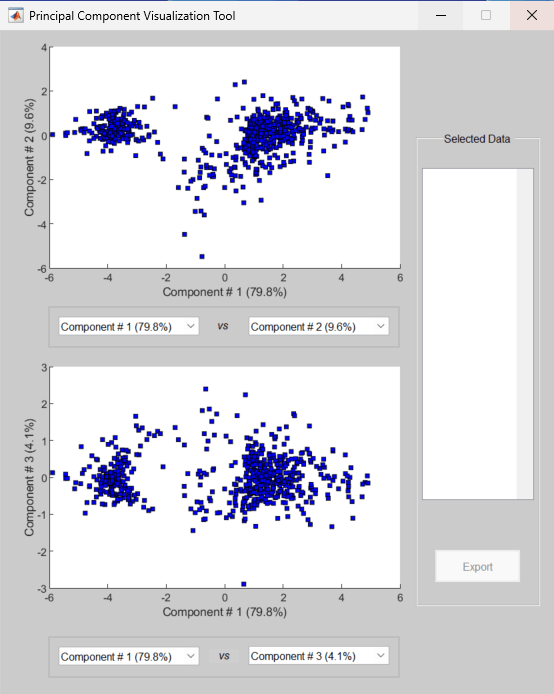bioinfo.pipeline.block.Load
Description
A Load block enables you to load variables from a MAT-file into a
pipeline.
Creation
Description
b = bioinfo.pipeline.block.LoadLoad block.
b = bioinfo.pipeline.block.Load(Name=Value)Load block.
Properties
Object Functions
compile | Perform block-specific additional checks and validations |
copy | Copy array of handle objects |
emptyInputs | Create input structure for use with run method |
eval | Evaluate block object |
run | Run block object |
Examples
Version History
Introduced in R2024b
